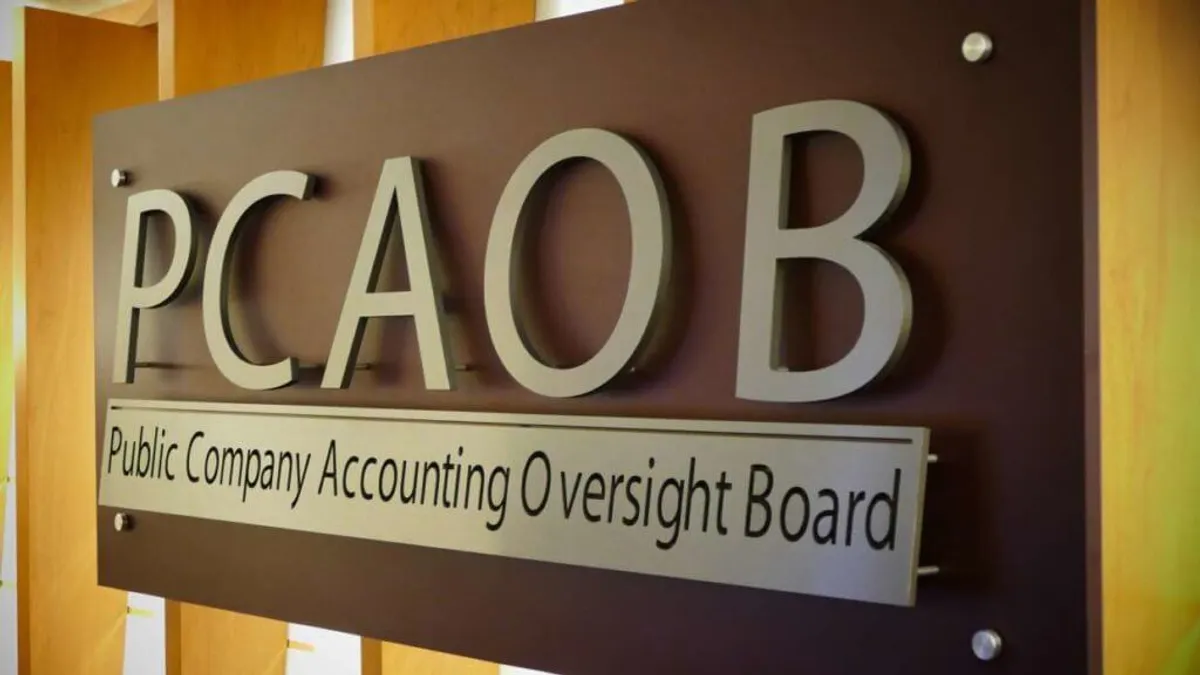How you manage your cash flow can have a big multiplier effect on your company valuation but most finance tools are not optimizing for that, Jeff Epstein, former CFO of software giant Oracle, said last week in a Tesorio webcast.
“If you can improve your cash flow by $1 million, fundamentally, it means you’re really saving at least $3 million and probably $10 million in terms of valuation of the company,” said Epstein, now operating partner with Bessemer Venture Partners. “Incredible leverage.”
Despite its importance, cash flow often gets short shrift in finance systems.
“Most company tools are focused on GAAP accounting and not on cash flow,” he said. “And yet when you ask companies what they’re thinking about in terms of capital structure, it’s, ‘Well, when do I need to raise my next round of cash if I’m losing money and l’m backed by venture capital or I’m private equity backed?'”
Even with public companies, which tend to focus on earnings rather than cash flow, investors can appreciate the impact of cash flow improvements on company fortunes, he said.
“The sophisticated public company investor also thinks in terms of an internal rate of return (IRR) and how to get a good cash-on-cash return,” he said. “In addition to all the normal systems you have, if you can also have a system of processes and tools to focus on cash flow, and you can save $3 or $10 for every $1 you save in cash flow, that’s really important.”
Two years of runway
Getting a handle on cash was particularly important last year when the coronavirus hit as companies looked to their CFOs to come up with at least two years of runway to help them survive the uncertainty.
“For organizations that didn’t have a centralized way to look at that information, it became a mad scramble,” said Gopal Ramanathan, senior finance director at Icertis, a contract management software company. “They had to piece together different contracts, different types of information.”
Tracking that information is easier now that companies no longer rely solely on spreadsheets, but how you set up your tools is crucial, said Ramanathan.
After he brought in a software system to help his team improve collections at the outset of the pandemic, he learned he could get more value by using it to improve coordination between collections, sales and finance.
“We used a feature to tag a lot of qualitative information that doesn’t typically associate purely with collections,” he said. “That helped sales reps understand what was happening with their customers.”
One tag might indicate that the collections team had already made three calls to a customer. By giving sales reps access to that kind of information, they could let collections know of any sensitivities that would make an additional collections call unproductive.
“That gave them the ability to tag their customers and let collections know sales reps do not want you to reach out to the customer,” he said.
Prior to having the new tool, teams were relying on customer relationship management systems, which wasn’t optimal from a cash management perspective.
“CRM is there to help teams attract deals and successfully deliver on them,” he said. “But a finance team that’s interested in cash flow forecasting has a different mandate, so having a dedicated tool that also gives them the ability to pass that relevant information to the sales rep really worked, because even from an integration standpoint, we were able to pull information from Salesforce, provide that real-time to collectors and they in return took that information and sent it back to our sales teams.”
Slow incoming cash
There are many reasons customers aren’t paying their bills or are systematically paying them late, which throws off forecasts and reduces cash to the company, and you need upfront visibility into these reasons if you’re going to fix the problems, Epstein said.
“It could be that the customer signed up and never had any money,” he said. “Your sales people are wasting their time and sales commissions signing up customers who would have never paid. It could be they could pay you at first but then they ran into trouble.”
Other companies actually build in late payments because of the interplay between when their revenue comes in and when their vendor bills come due.
“They say they’re going to pay you in 30 days but, if you’re an advertising agency and you fund your business on the float between when you get paid by your clients and when you pay your vendors, you’re intentionally paying slowly because that’s how you built your business,” he said
In many cases, late payments simply stem from bad management.
“They could just be disorganized,” he said. “They want to pay timely but they can’t find the bill or they sent the bill to the wrong place.”
The problem could be on your side as well, he said, if you have bad information on your customer or they no longer think they’re getting value from you.
“You could have a product problem,” he said. “They want you to fix the problem and this is one way of getting your attention, or they don’t like the product anymore and plan on canceling anyway.”
Regardless of the reason, the cash management system should be able to flag these problems upfront so the finance team can intervene with solutions, he said.
Leadership visibility
More broadly, cash management involves internal decision-making as well; company leadership, including business function heads, must know the impact their actions have on cash flow if the CFO hopes to manage that impact better. And that starts with visibility.
“Cash flow in a sense tends to be looked at as a finance metric,” said Ramanathan. “A big goal of every finance leader is to make sure when they speak the language of cash, they also make sure the business leaders can follow that and see how the decisions they’re making impact those outcomes.”
“[The CFO] can make sure we know all of the things coming into and out of the business and the best way to manage through that,” said Hope Cochran, former CFO of King, the maker of the Candy Crush game app. “That’s an important role that gets lost a little bit. People think we’re just there to take in what’s happening and record it and produce a report. There’s another step: the CFO translates that report, goals and the actions to get there.”























